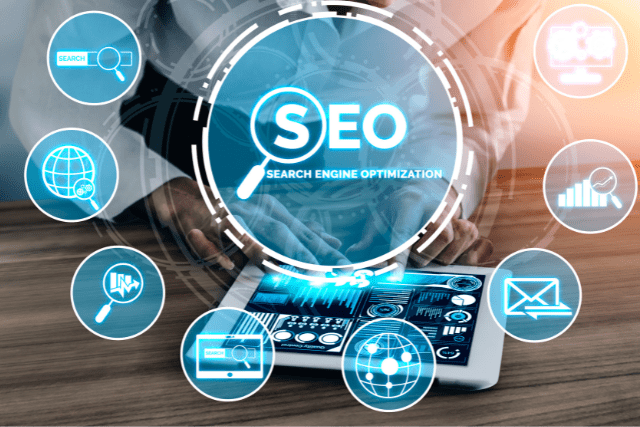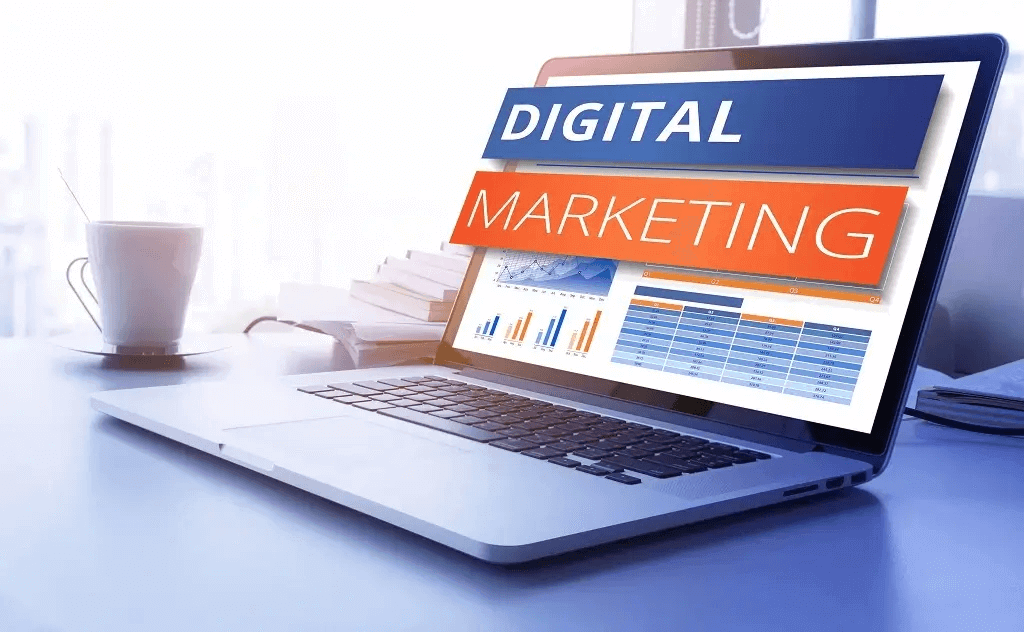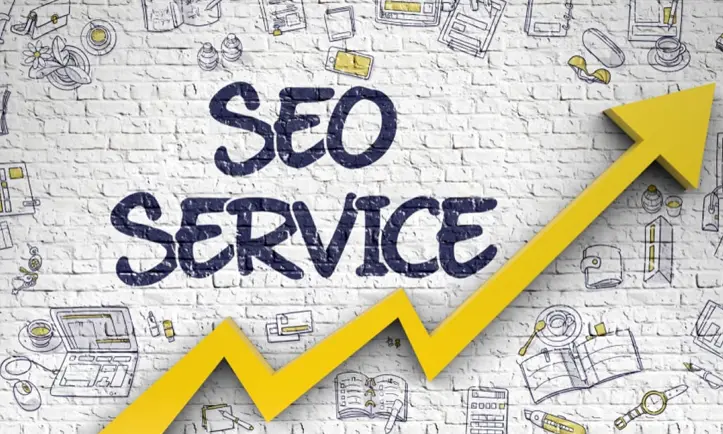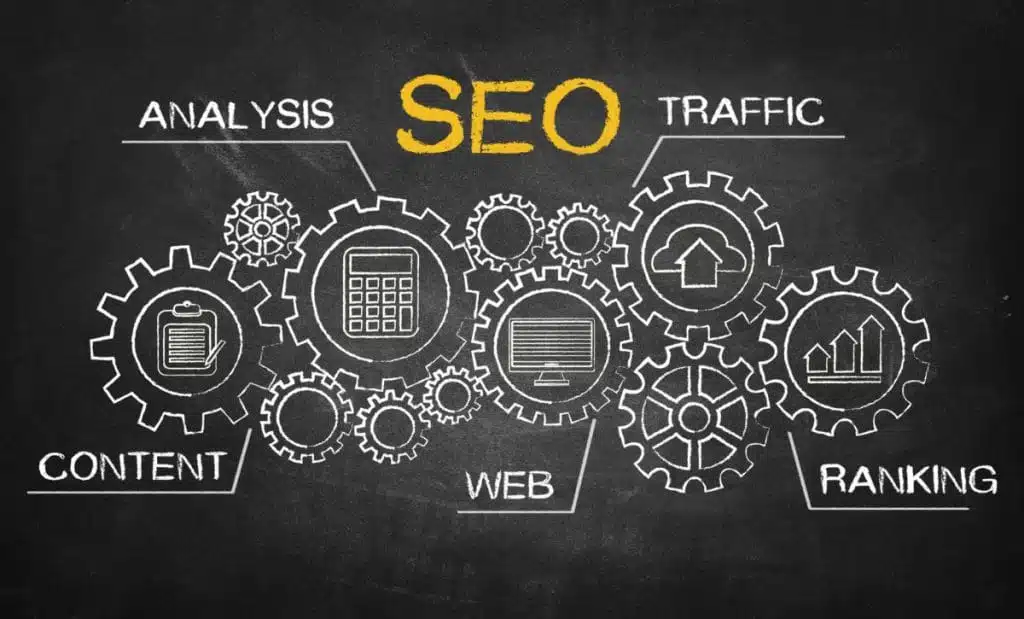- November 9, 2025
- SEO
- November 9, 2025
- Digital Marketing
- November 9, 2025
- SEO
- November 9, 2025
- SEO
- November 9, 2025
- SEO
- November 9, 2025
- SEO

Let's start a project that will scale your company at 10x
Ready to take your business to the next level? Partner with Socialander | Digital Marketing Agency, and let’s build a strategy that will drive your brand to unprecedented heights.





